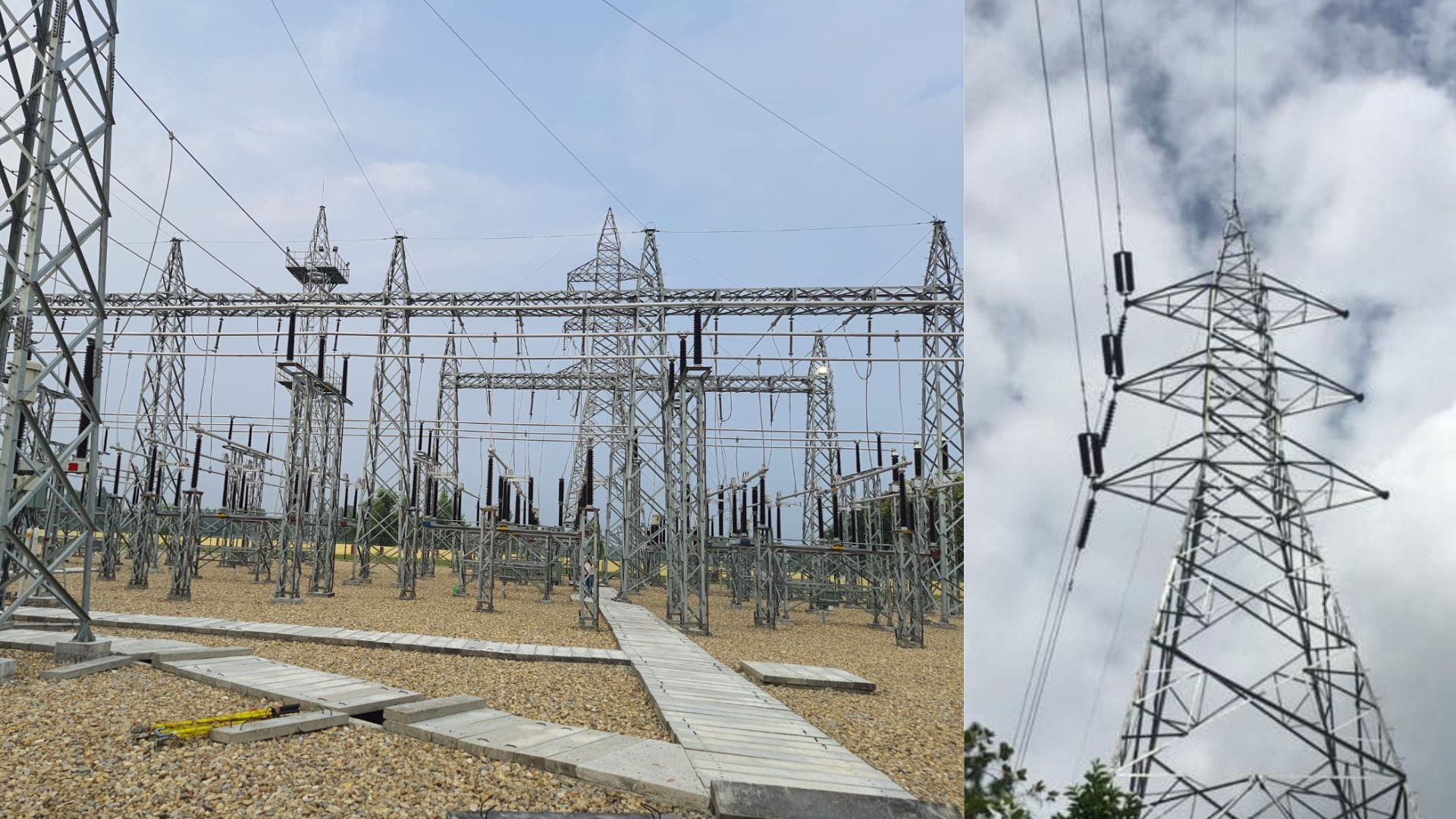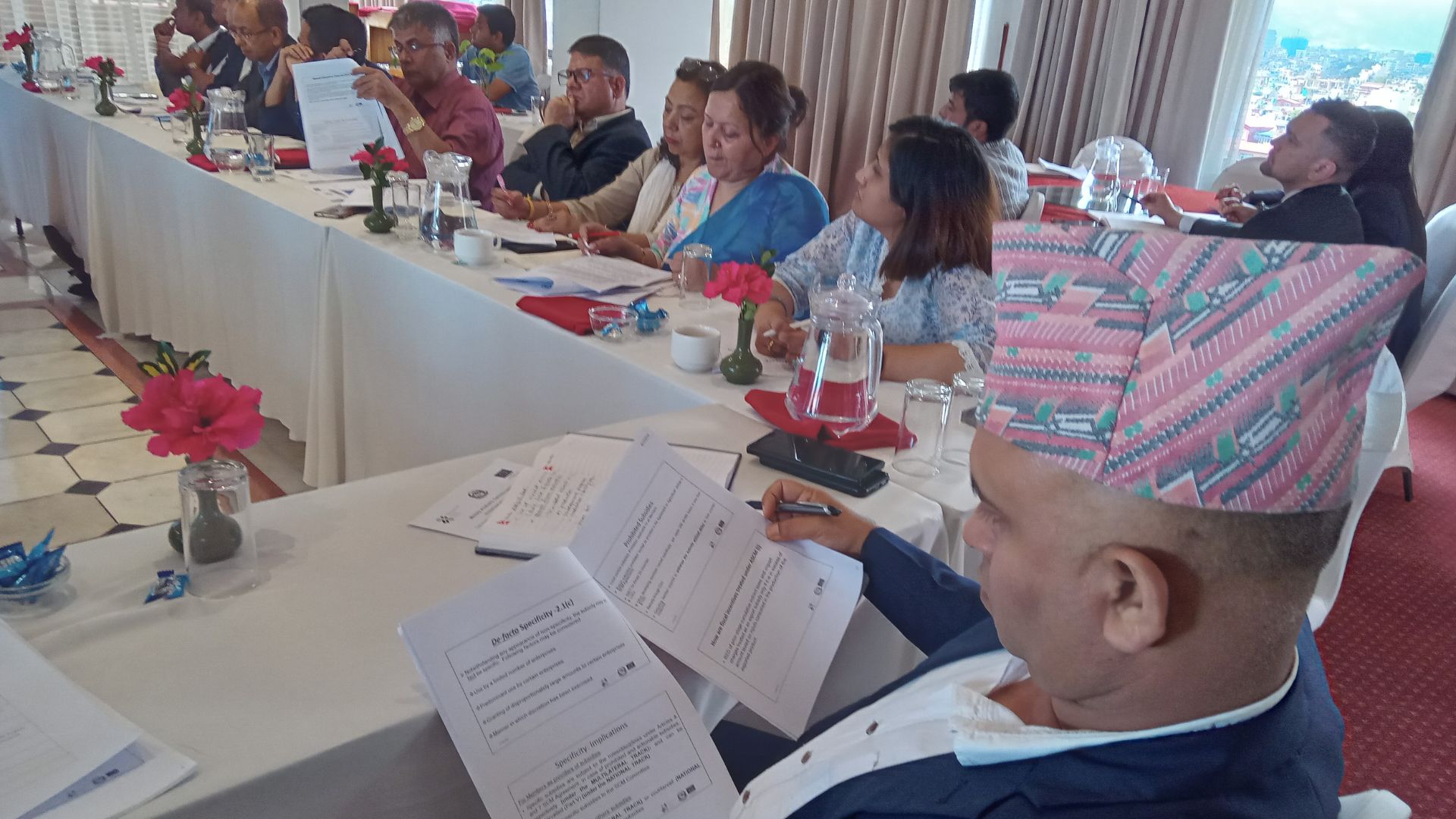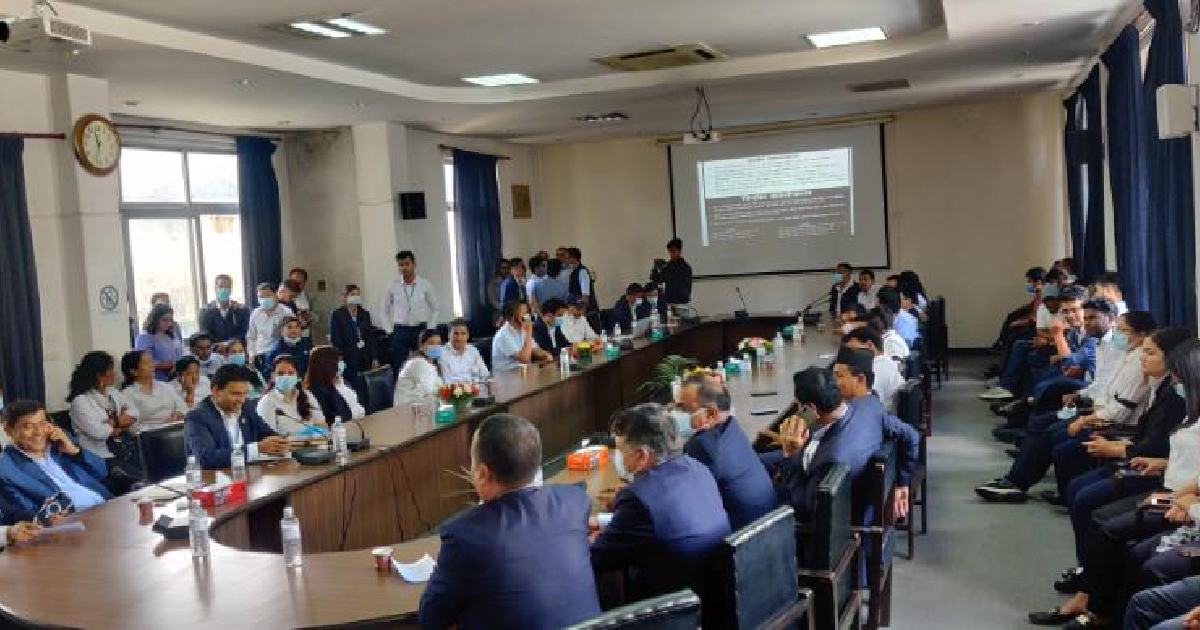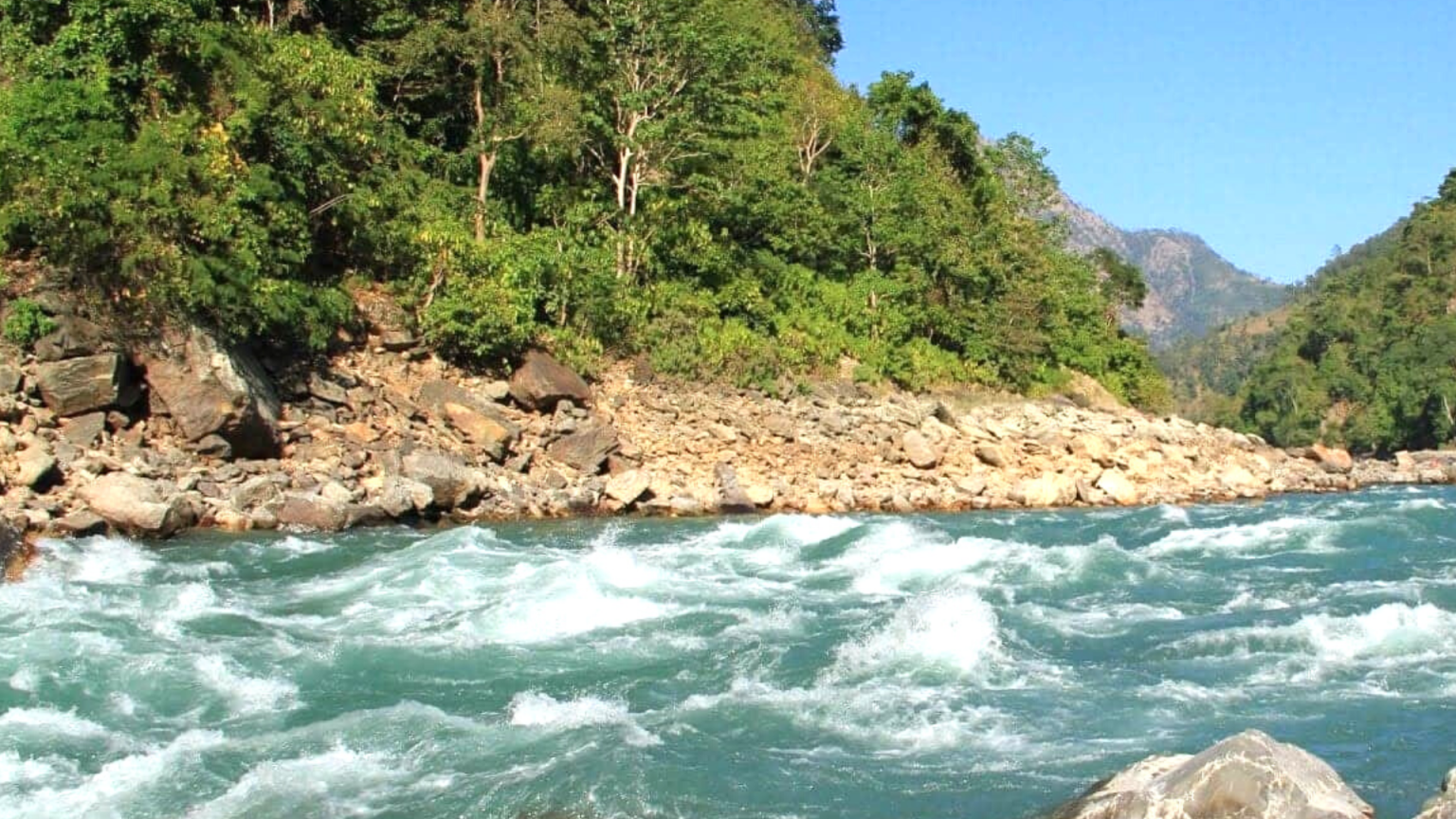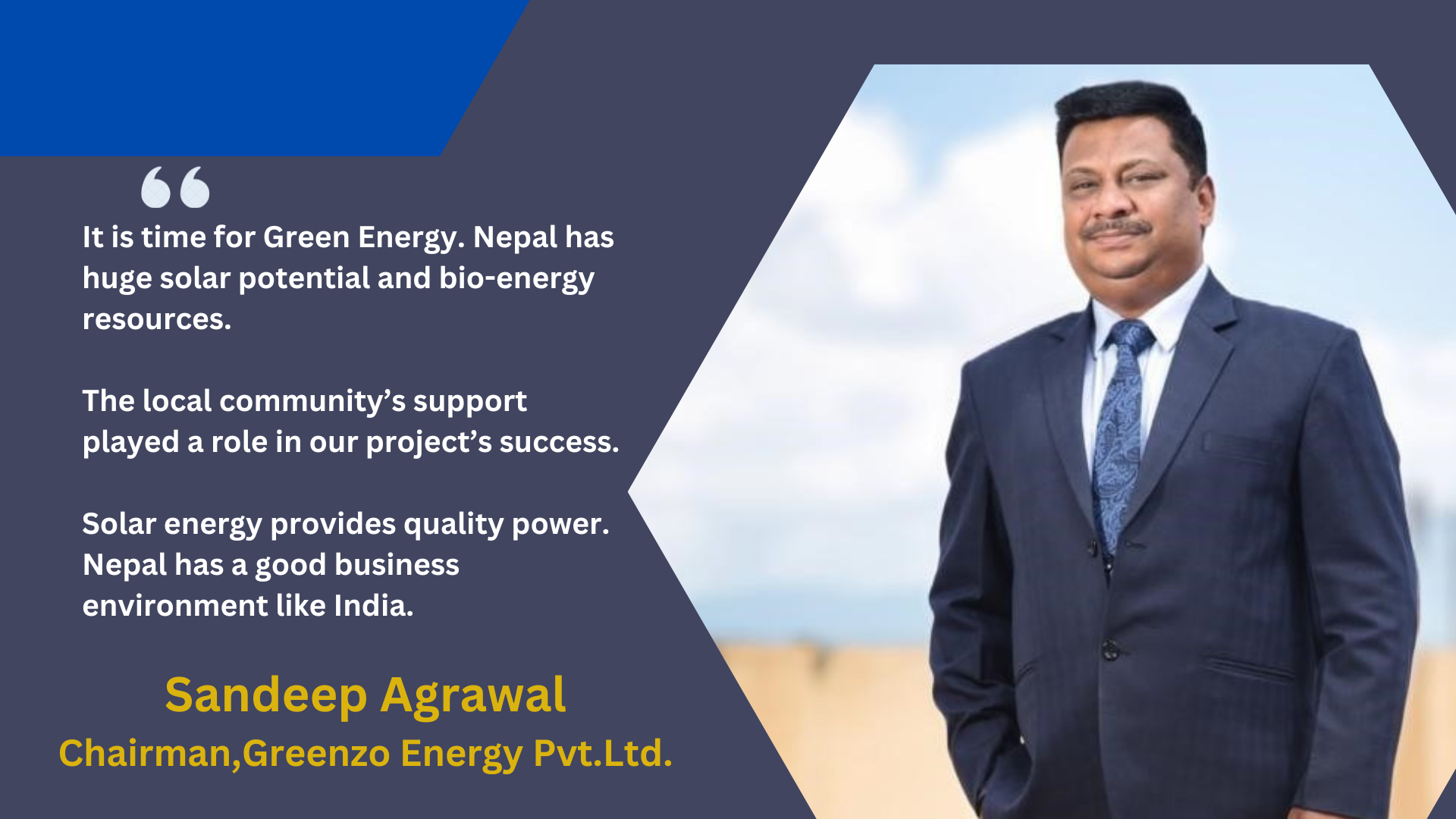

Sandeep Agrawal is the Founder and the Chairman of Greezo Energy Pvt.Ltd India. And, also the Managing Director of the Kushal Project Nepal, Pvt Ltd. He has done a Master’s in Mechanical Engineering from IIT Roorkee, India. Agrawal is also a researcher and consultant in renewable energy. For the last couple of decades, he has been involved in renewable energy development in India, Myanmar, Vietnam, and Nepal. He has a legacy of completing big-scale solar power projects on time. Taking to nepalinfrastructure.com online news portal he shared the prospect of renewable energy in Nepal.
You have been involved in the solar energy sector for the last few years in Nepal through Kushal Project Nepal Pvt Ltd. Why did you select Nepal?
Nepal is very rich in water resources with a high potential for Hydro power generation. But, to correct the power quality in terms of AC to DC mix solar power generation is very important to mix power in the grid. Nepal has huge solar potential and bioenergy resources. Thus, solar electricity is used for improving power quality and providing good quality power to household appliances and electric vehicles. Also, the government is ready to adopt solar power at that time, so we have chosen Nepal.
How many solar projects are in Nepal with your company?
We have completed 4 solar projects in Nepal in 16 months.
How many solar projects promoted by Kushal Project Nepal, are in pipeline?
A 6.1 MW project in Biratnagar is operational and more than 10 projects are now in pipeline.
Which investment modality is being adopted by your company to develop solar projects?
We have used our cash liquidity in banks and we also have taken facilities from local banks of Nepal to develop solar projects.
All solar projects promoted by your company have been completed on time. How is it possible?
We have trained local Nepali people to develop the projects and all the engineering teams we hired from the best-class engineering colleges in Nepal. Expert consultants are from India and the United Kingdom and have designed and supervised the projects for timely delivery. We want to give main credit to the local communities which have provided us with support. We have employed around 200 local laborers. Local community support was the key to our success.
The Nepal government has introduced a policy to sign the Power Purchase Agreement (PPA) with a maximum limit of Rs 5.94 per unit. Is it financially feasible to invest in solar projects at this market rate?
I would like to suggest all solar investors move forward with green hydrogen. Instead of selling energy to the Nepal Electricity Authority (NEA) at 5.94 per unit, I would advise making green hydrogen and ammonia from the solar project. Green ammonia can be sold to the Nepal army and industries and it can generate extra revenue of Rs 11 per unit.


Api Power signed a Memorandum of Understanding (MoU) to establish a green hydrogen plant first time in Nepal. Could you tell us about the progress in this effect?
The Project is important for the growth of Nepal’s economy. This 50 MW green hydrogen and ammonia production plant in Nepal can consume 50MW energy per hour and develop 40,000 tons of green ammonia per day. The MOU already has been signed and waiting for the mobilization contract. Api is in the process of financial closure. Technology and equipment are ready with us. If the situation continues to be in our favor, we will deliver the pilot project within 7 months of the contract signing date.
Other companies have also shown interest in green hydrogen production after the first MoU. Have other companies come to contact with GreenZo company?
Few companies from Nepal showed interest in the Green Hydrogen and Ammonia projects after the Power Purchase Agreement (PPA) rate was fixed at Rs 5.94 by the Central Electricity Regulatory Commission.
You have experience working in India. How do you compare India with Nepal in terms of the working environment?
There is no such difference in the working environment between India and Nepal. India and Nepal have implemented various projects in the areas of infrastructure, health, water resources, education, and rural and community development.
Due to the open border and the free movement of goods and people, similar cultures, and understandable languages by both sides, I have not felt any difference while working and doing business.
You are investing in the production of the electrolyzer which is installed in a green hydrogen plant. Could you tell us the progress in the development of India’s plant that consumes 250 MW of electricity?
We have achieved many milestones in this direction as the Government of India is supporting us through its ‘Invest India program’. Very soon we will start our production and introduce our first 5 MW electrolyzer in the market.
How much have you estimated for the establishment of the plant?
Initially, our finance department has given a budget worth USD 60 million in the first phase.
In the recent Green Hydrogen Summit 2022, people were saying that the Green Hydrogen plant project needs 3 years to complete. Is it true?
We are working in Hydrogen for many years. We have few plants in India which are not so big. What I tried to say is, we do not need any further research that how Hydrogen will work. Thus, if the technology and equipment are available, we can
complete the Green Hydrogen project within 7 months.


